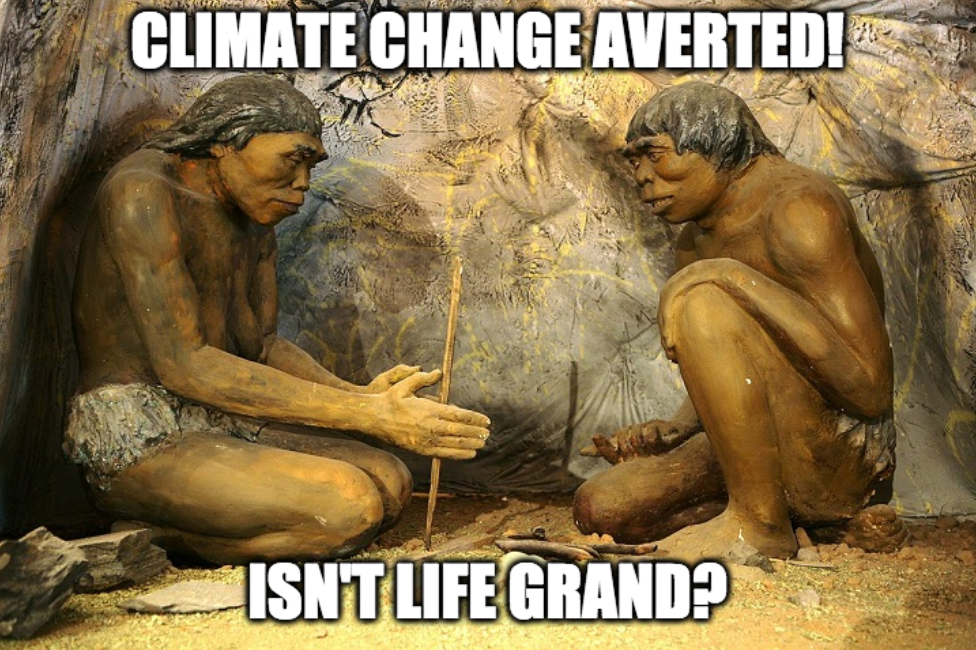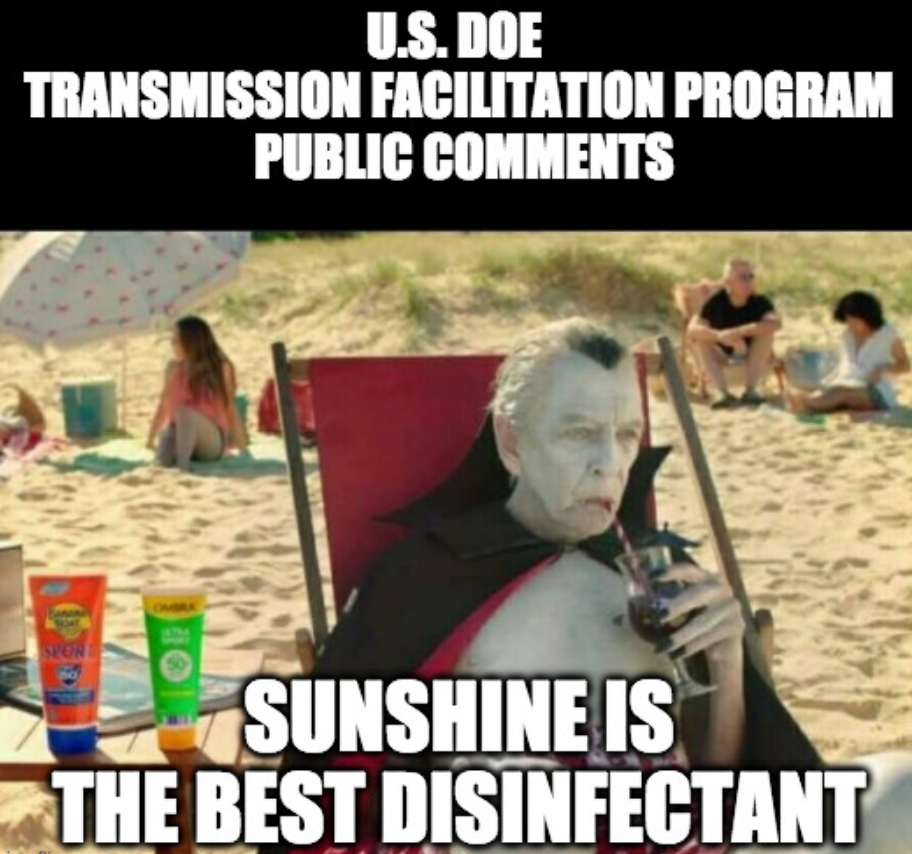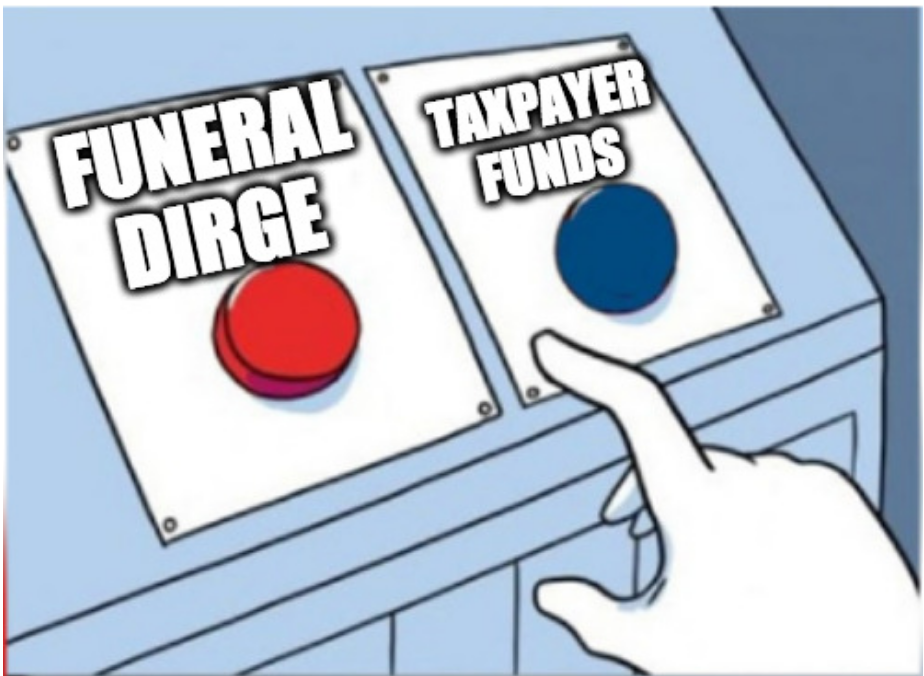“As we look to the future, we worry that federal and state policies, as well as market changes, are causing an imbalance of electric supply and demand that jeopardizes our ability to fulfill this commitment.”
“Put simply, this is because generation capacity has been reduced while peak demand is projected to increase—decreasing supply while increasing demand,” he said. “A concerning pattern is forming in which baseload generation such as natural gas, coal and nuclear energy is prematurely retired and then replaced primarily by intermittent generation like wind and solar.”
But if you listen to a reporter for a liberal city newspaper who most likely lets his political bias influence his reporting, this is making the grid unreliable.
But preventing outages is only getting harder as fossil fuel emissions heat the planet, extreme drought drains hydropower reservoirs and worsening wildfires disrupt power lines.
Polar opposites. But, who do you believe? Is it really about politics? Are all going to sit in our dark, hot houses some summer night in the not-too-distant future and make political arguments?
My bet is that the energy professional is correct, and the news reporter is peddling political misinformation. However, the sad part is that the newspaperman really believes what he writes, and so do a lot of his friends. So, let's apply a little logic to the journalist's presumption.
Climate change is caused by fossil fuel baseload generators. In order to stop climate change, we need to shut them down. We'll build more wind and solar to replace them, except wind and solar are not reliable.
Therefore our grid is not reliable.
But we NEED it to be reliable! Let's just keep building more and more and more and more and more wind and solar and if we overbuild it hundreds of times over and cover the planet with this crap and then something ought to be reliable, right?
How stupid does that sound?
Also, think about this... if we shut down all our baseload fossil fuel generators by 2030, will climate change be automatically solved the minute the last one closes? Oh heck no, we will have just moved ourselves back to the stone age and climate change will continue, just like before. Before we go about willy nilly "transitioning" to new energy sources, we need to have replacement energy sources that are at least as reliable as the old ones. We don't have that right now.
But what we do have right now is a burgeoning reliability problem. We need to fix that first and stop listening to political misinformation. Maybe we could, if we repurposed all the money currently being wasted trying to make wind, solar, batteries, and transmission a reliable source of electricity and used it instead to develop new, reliable sources of energy (or maybe old ones re-imagined, such as nuclear ). We need a new plan!





 RSS Feed
RSS Feed